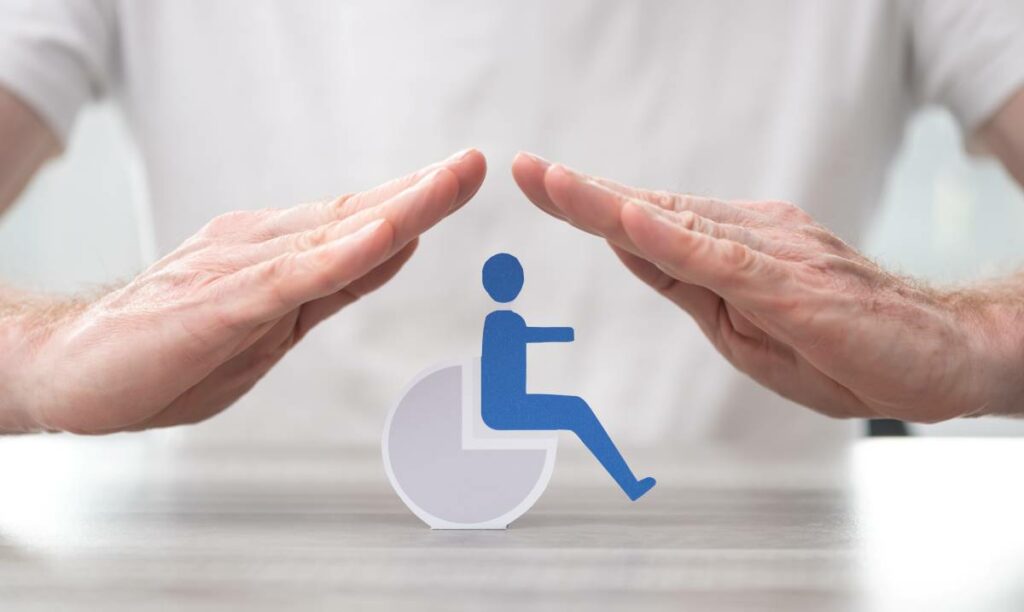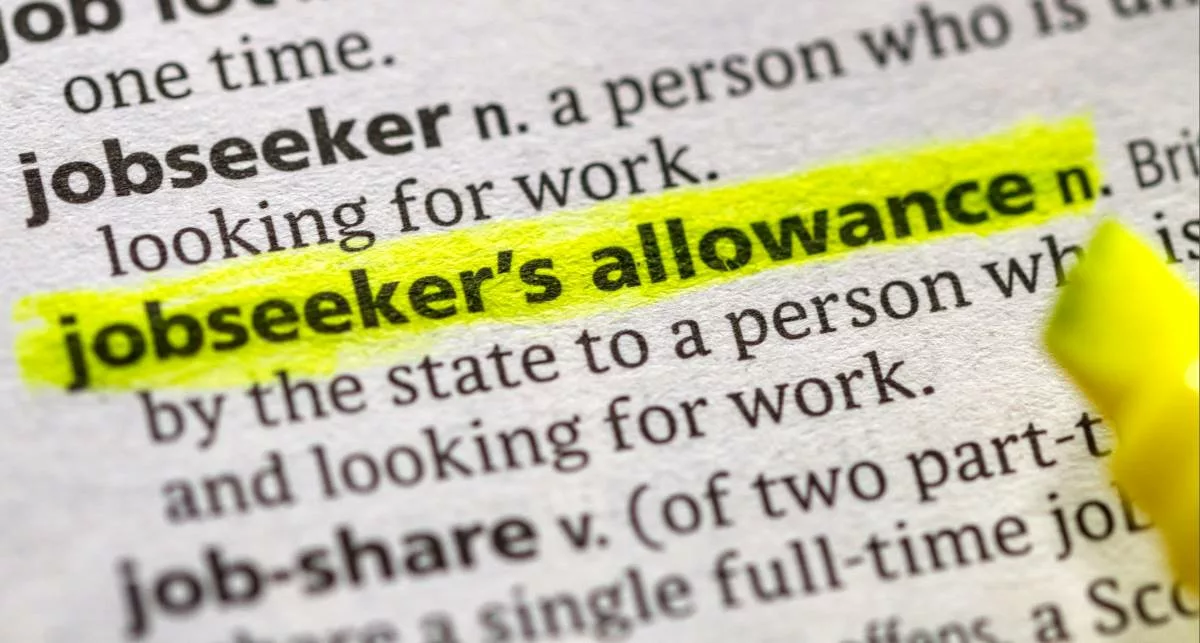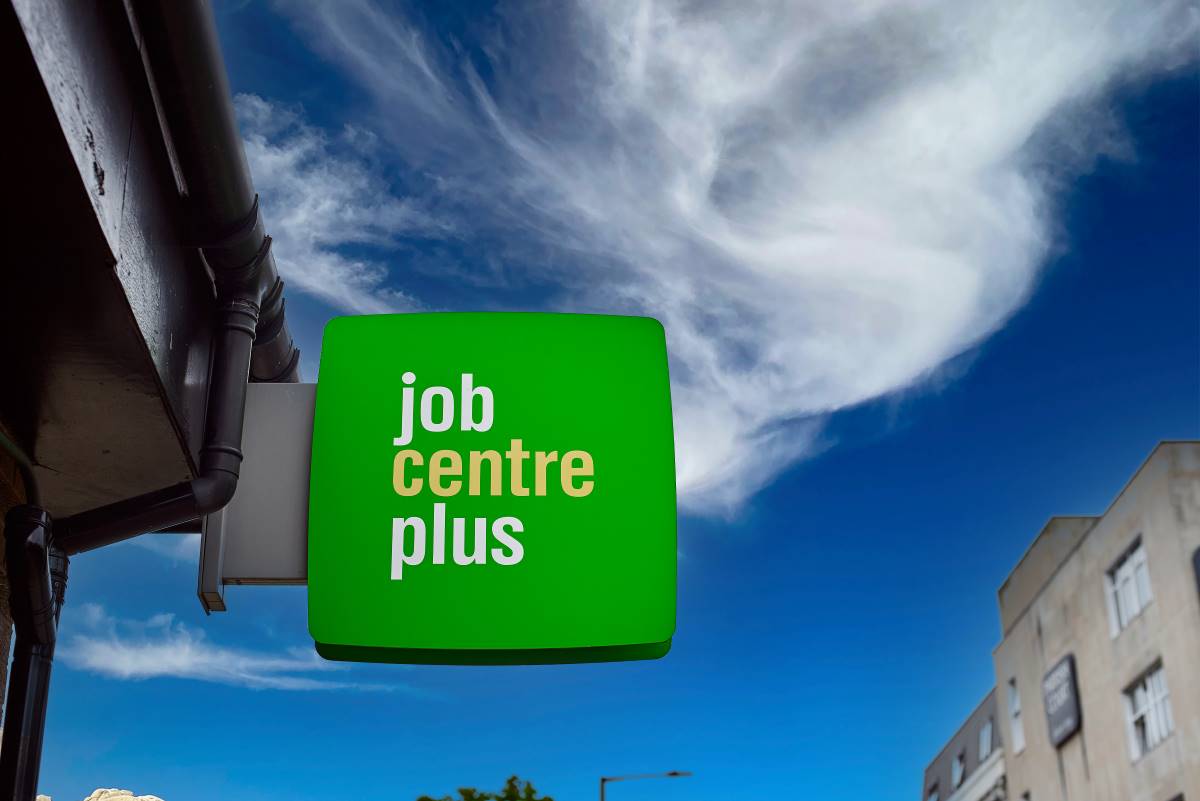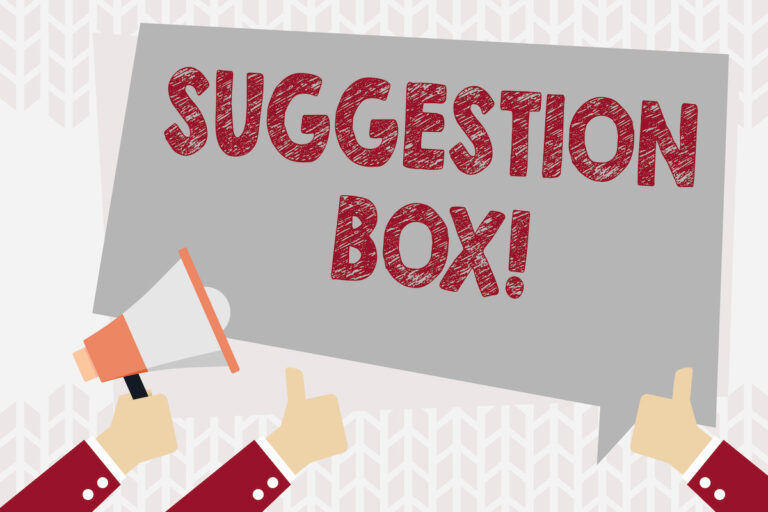Dealing with an illness or disability can be challenging, especially when it affects your ability to work and earn a stable income. If you are in this situation and struggling to meet your financial obligations, the Employment and Support Allowance (ESA) could be the key to maintaining your livelihood. Learn about ESA, its eligibility criteria, and the application process so you can get the financial support you need.

What Is Employment and Support Allowance?
Employment and Support Allowance (ESA) offers financial support to individuals whose work capability is impacted by health conditions or disabilities. Designed to assist those who face challenges in maintaining regular employment due to their health, ESA aims to alleviate the cost of living and encourage a return to work when feasible.
This benefit is accessible not only to UK residents but also to foreign nationals residing in the UK, either permanently or temporarily, with National Insurance contribution requirements applicable.
Importantly, ESA is available to both employed and self-employed individuals, with a uniform application process for all.
What’s the Difference Between ESA and the ‘New Style’ ESA?
Employment and Support Allowance (ESA) and the ‘New Style’ ESA both provide support for individuals with health conditions or disabilities, but they differ in their structure and eligibility criteria. The original, or ‘old-style’ ESA, includes two types of benefits:
- Contributory ESA, which is based on your National Insurance contributions and is essentially non-means tested.
- Income-related ESA, which is means-tested and considers your income and savings. This means that for income-related ESA, factors like your partner’s earnings and your savings are taken into account in determining your eligibility and the amount of benefit you receive.
On the other hand, the ‘New Style’ ESA, which is part of the Universal Credit system, solely operates as a contributory benefit. It is not means-tested, meaning your or your partner’s income and savings do not impact your eligibility for this benefit. However, unlike income-related ESA, the ‘New Style’ ESA is taxable.
Both versions of ESA are designed to aid individuals whose work capabilities are limited. Still, they cater to different financial situations and needs, reflecting the evolving nature of the UK’s welfare system.
Who Can Apply?
Employment and Support Allowance (ESA) is a vital service for individuals who face challenges in fulfilling work duties due to health conditions or disabilities. It’s available to both employed and unemployed persons, regardless of whether they are self-employed, provided they meet certain criteria.
To be eligible for ESA, you must be aged 16 or over, under state pension age, and reside in England, Wales, or Scotland. You can claim income-related ESA if your immigration status allows you to claim public funds, which includes not only British and Irish citizens but also those with settled status, indefinite leave, refugee status, or right of abode. If you have pre-settled status from the EU Settlement Scheme, you can claim public funds but will also need to demonstrate a ‘right to reside’ to be eligible for income-related ESA.
If you find that you do not qualify for ESA, there are other options like Universal Credit or Personal Independence Payment (PIP) to consider. These alternatives provide support under different conditions and may suit your circumstances better.
The Requirements and Documentation Needed
Applicants must meet certain criteria before beginning the application process. In general, you will be asked to provide the following items as part of your application process:
- Doctor’s details
- Details of your income if you’re currently working
- National Insurance Number
- Bank or building society account details plus a sort code
- A fit or sick note if you’ve been unable to work for more than 7 days in a row due to your disability or health condition.
- Payslips
- Details about your statutory sick pay (SSP) end date
It’s important to note that you cannot receive New Style ESA while also receiving SSP from an employer. However, you can apply for New Style ESA up to three months before your SSP ends.
There are some specific conditions that might affect your ability to apply for ESA. For example, if you have a low income or savings of less than £16,000, and you are not subject to immigration control, you may be eligible for income-related ESA.
The rules are slightly different if you live with a partner, as your combined income and savings will be considered. For those in full-time education, eligibility for income-related ESA is contingent upon also receiving Disability Living Allowance (DLA), Personal Independence Payment (PIP), or Armed Forces Independence Payment (AFIP).
For non-UK citizens, eligibility for income-related ESA depends on your immigration status and whether it permits you to claim public funds. Those with pre-settled status from the EU Settlement Scheme can claim public funds but need to demonstrate a ‘right to reside’ to qualify for income-related ESA.
How To Apply for Employment and Support Allowance
If you are applying for employment & support allowance online, you must visit the official government website. The portal will take you through the eligibility questionnaire to ascertain you fulfil the recommended requirements before applying. Once you complete this section successfully, you will be redirected to the next page, allowing you to start the application process.
You can apply for this service anytime if you are not receiving any other government-aided programs. Note that you can claim Universal Credit (UC) at the same time as ESA, but your UC funds will be reduced to a particular amount.
Can My Application for ESA Be Rejected?
The Department of Work and Pensions can reject your application if they do not find you fit for this service. They will send you a written letter within ten working days explaining their reason for rejecting your request. If you do not agree with the decision, you can request a mandatory reconsideration by contacting the Department of Work and Pensions.
Once your ESA benefit ends, you can reapply for additional support. Still, acceptance of the new request depends on your contributions to NI within the past two full tax years and on whether you’re in the support group due to the occurrence of new conditions or health deterioration.

How Much Employment and Support Allowance You’ll Get
How much is ESA, you ask? There isn’t a specific amount of money you will get considering each case is different. The department uses particular standards to determine if you should receive more or less employment support allowance funds.
For instance, age, ability to work or go back to employment, availability of a private pension, savings, and other benefits you receive will significantly determine how much you get. Choosing between contributory and income-based ESA also determines what you receive. The money will be sent to your bank or Building Society account every two weeks.
You can claim ESA for 365 days from when you start receiving benefits. If the application is successful, it takes two weeks for the department to send you your first stipend.
Can You Lose Access to ESA?
It’s possible to lose access to this service. The DWP can cut off your help if they discover you are receiving a job seeker’s allowance or SSP at the time you are accessing ESA payments. And while you can’t receive the two mentioned government services simultaneously with employment and support allowance, you can combine it with Universal Credit if you are eligible.
Do You Need to Report Any Change of Circumstances?
If your circumstances change and you get better, it is prudent to report to the Department of Work and Pensions. The easiest way to do this is to call Jobcenter Plus at 0800 169 0310, or write a mail to the Jobcenter Plus office responsible for paying your ESA. You will find the mailing address on the letters you receive regarding your ESA.
When you recover and report your change of circumstances, the funds will not be cut off immediately. You will continue to receive support to help you get a job before the discontinuation of this service.
Getting Financial Help When You Need It the Most
Lack of employment, illnesses, and disabilities can make it challenging for anyone to get by due to financial constraints. Thanks to ESA, you can access help with bills and support with finding employment during this difficult time. We hope that now you know everything you need to get access to this provision. However, if you would like to know more details about this service and the application process, you can always contact the Department of Work and Pensions online, by mail, or on the phone.





